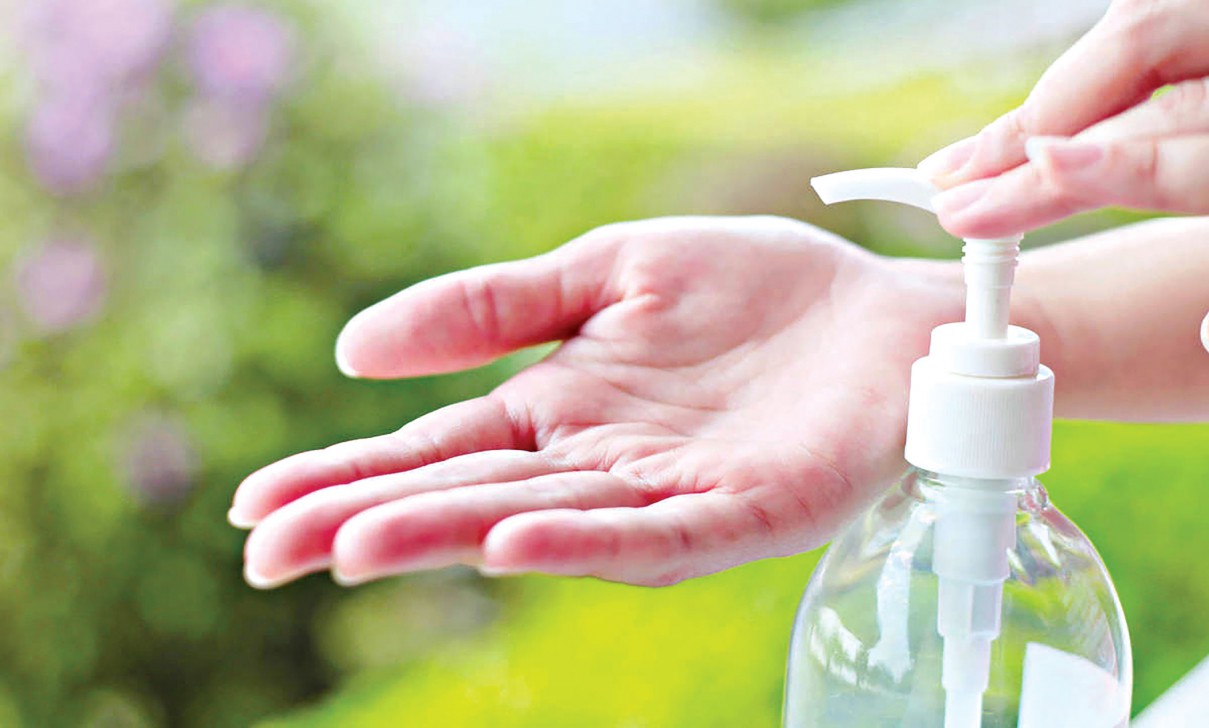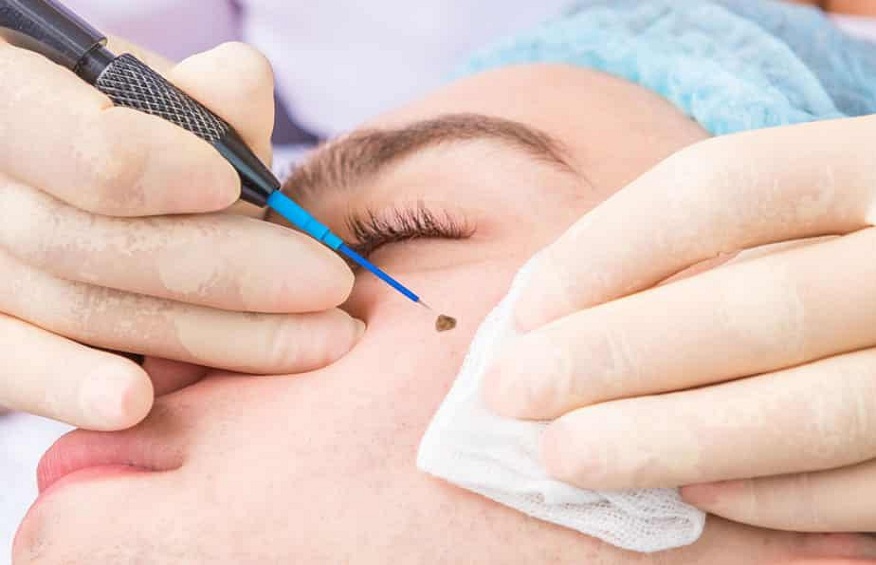How To Choose The Best Sanitizing Wipes
In today’s market, many different wet wipes contain cleaning liquids, making it easier to clean more frequently and effectively, whether inside or outside the home.
These products can be carried in a handbag, purse, or backpack for use anytime, anywhere. They can reinforce daily cleaning or clean a surface in the office, for example.
Disinfectant wipes are made from absorbent cellulose-based materials that are impregnated with one or more active agents. The U.S. Environmental Protection Agency (EPA) tested several agents to eliminate SARS-COV-2 (COVID-19); the vast majority of manufacturers use chlorine, either in chlorine hypochlorite or some other form of chlorine; and quaternary ammonium.
You need to know that the best disinfectant wipes are not designed to disinfect porous surfaces. That’s important because if I’m going to clean a surface with some porosity, the chances are that in the gaps, in the spaces left in the pores of the surface, that disinfectant is not going to be able to get in. Therefore, if the virus is there, it will not be eliminated.
Disinfectant wipes are ideal for disinfecting smooth kitchen countertops, tiles -although particular care must be taken with the edges where the tiles meet, where the grout is applied, as this will not be disinfected-, toilets, sinks, and dishwashers.
The contact time between the disinfectant agent and the smooth surface depends on the active agent’s concentration in the wipe. The more diluted the disinfectant is, the longer you need to contact the virus for the disinfection to be more efficient.
Typically, commercial products come ready to apply, but the dilutions are not very high, and this is to avoid damaging the skin. Therefore, be careful to wipe the surface with a wet wipe and then repeat the application two or three times to ensure that the product acts as long as possible. Allow airing dry.
Chlorine and quaternary ammonium wipes are the Best sanitizing wipes. Then there are less effective products, e.g., hydrogen peroxide and ethanol. Both are suitable for removing the virus, but they are so corrosive that they are not recommended. Hydrogen peroxide, if used to clean wood, would discolor and destroy the surface. Ethanol is on the market in a very high concentration (96%); if used, it can over-dry and erode the surface.
Something similar happens with plastics, so for household appliances such as washing machines, coffee makers, and others, quaternary ammonium is recommended. And for surfaces on which food is to be prepared, it is preferable to use wet wipes with chlorine bleach. To properly disinfect these surfaces using wet wipes, they must first be cleaned of other residues with a degreasing soap or dishwashing liquid.
If you are looking to buy the Best sanitizing wipes, it is essential to look at the label and identify the active agent’s concentration. For the home, for example, in bathrooms and kitchens, those that are high in sodium hypochlorite (chlorine) in the highest possible concentration are best. Of course, you must be careful with your hands (that is why it is best to use cleaning gloves).erficies that are more delicate, such as plastics and wood, you must be careful to use agents that are not so harmful, that is, wipes that are with less concentration and suitable for furniture, which should be indicated on the label.



